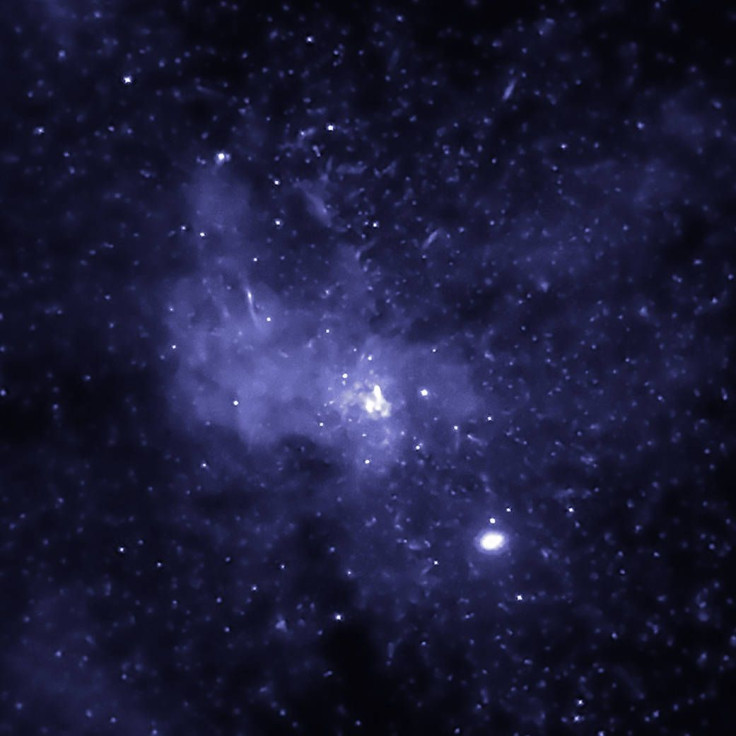NASA Spots Thousands Of Black Holes Near Milky Way’s Center
KEY POINTS
- NASA spotted traces of black holes existing near the galaxy's center
- The new black holes are significantly smaller than Sagittarius A*
- Chandra X-ray Observatory spotted the black holes due to their emissions
NASA’s Chandra X-ray Observatory was able to find evidence indicating that about a thousand new black holes exist near the center of the Milky Way galaxy. The agency explained that this finding supports the theories about black holes moving towards the center of Earth’s neighborhood.
The center of Milky Way is inhabited by a supermassive black hole known as Sagittarius A*. According to scientific reports, this black hole has about four million times the mass of the Sun.
While gazing at the areas surrounding Sagittarius A*, the Chandra X-ray Observatory came across traces of smaller black holes. According to NASA, the objects are only stellar-mass black holes, which are significantly smaller than their supermassive counterparts. The agency estimated that the newly discovered black holes near the center of Milky Way could have about five to 30 solar masses.
“This black hole bounty consists of stellar-mass black holes, which typically weigh between five to 30 times the mass of our Sun,” NASA explained in a statement. “These newly identified black holes were found within three light-years — a relatively short distance on cosmic scales — of the supermassive black hole at our Galaxy's center known as Sagittarius A*.”
The agency noted that Chandra’s latest finding supports the various theories about the movement of black holes. Many of these theories indicate that up to 20,000 stellar-mass black holes could move towards the center of the galaxy around its supermassive black hole.
According to NASA, Chandra was able to spot signs of the black holes through their X-ray emissions. Even though black holes are generally invisible, they still give off signs that indicate their presence. These include X-ray emissions, which are produced as a black hole heats up and devours cosmic materials.
“A black hole by itself is invisible. However, a black hole — or neutron star — locked in close orbit with a star will pull gas from its companion (astronomers call these systems 'X-ray binaries'),” NASA stated. “This material falls into a disk and heats up to millions of degrees and produces X-rays before disappearing into the black hole. Some of these X-ray binaries appear as point-like sources in the Chandra image.”

© Copyright IBTimes 2024. All rights reserved.





















